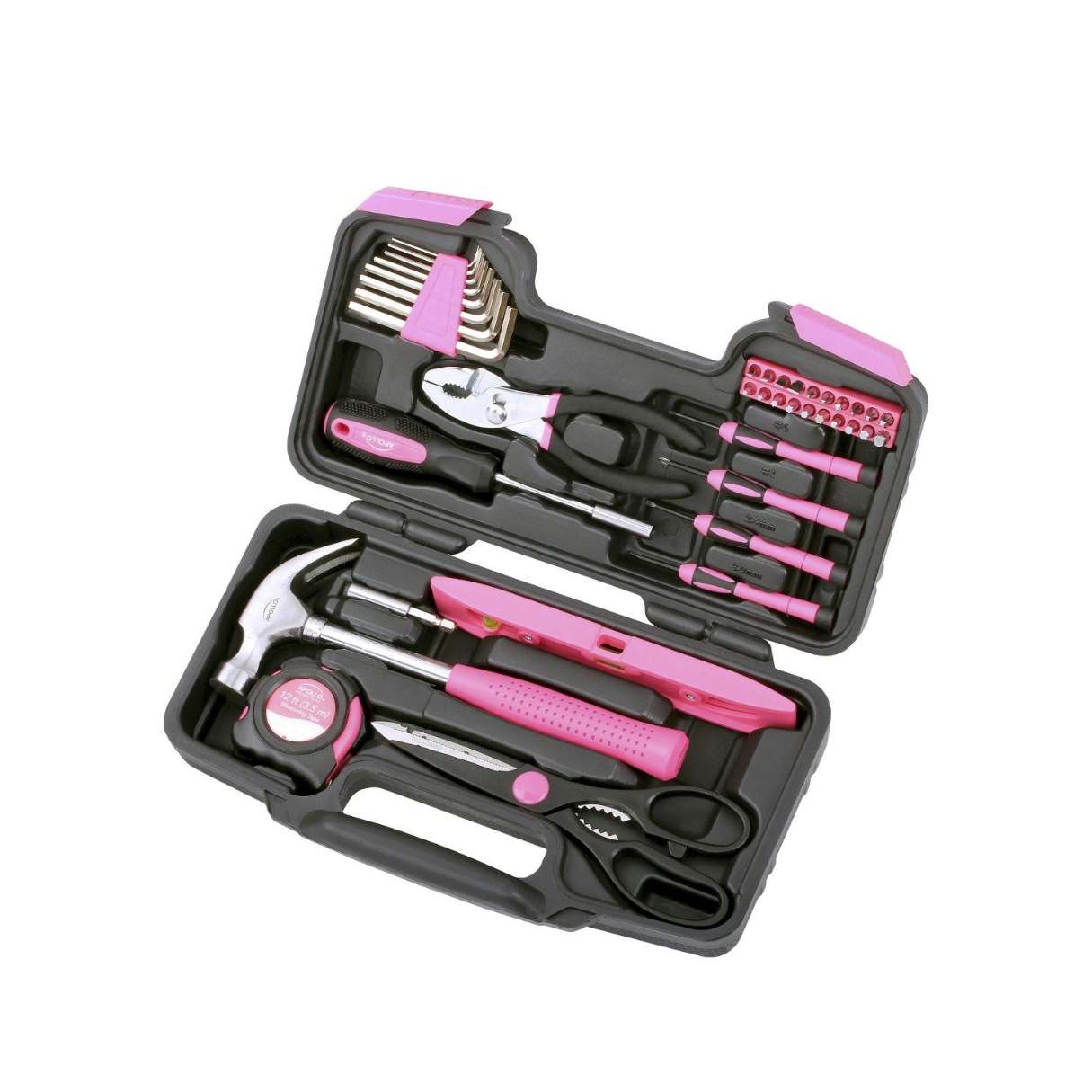

Articles
What Are Non-Powered Hand Tools
Modified: December 7, 2023
Read informative articles about non-powered hand tools to understand their importance and usage. Gain knowledge on different types and benefits.
(Many of the links in this article redirect to a specific reviewed product. Your purchase of these products through affiliate links helps to generate commission for Storables.com, at no extra cost. Learn more)
Introduction
Non-powered hand tools are essential instruments used in various industries and everyday tasks. These tools are operated manually and do not require electricity or any other external power source to function. From simple handheld devices to more complex tools, non-powered hand tools play a crucial role in completing tasks efficiently and accurately. They are widely used in construction, woodworking, gardening, plumbing, and many other fields.
In this article, we will explore the definition, classification, common examples, advantages, safety considerations, and maintenance of non-powered hand tools. Understanding the importance and proper usage of these tools is vital for both professionals and individuals who frequently engage in DIY projects or household repairs.
Key Takeaways:
- Non-powered hand tools, such as screwdrivers and hammers, offer portability, cost-effectiveness, and versatility, making them indispensable for professionals and DIY enthusiasts in various industries and everyday tasks.
- Prioritizing safety, proper maintenance, and correct usage of non-powered hand tools ensure longevity, optimal performance, and a safe working environment, benefiting both professionals and individuals engaging in DIY projects.
Read more: What Is The Best Power Tools And Hand Tools?
Definition of Non-Powered Hand Tools
Non-powered hand tools, also known as manual hand tools, are devices designed to be operated by hand and require physical exertion for their functioning. These tools do not rely on any external power source, such as electricity or battery, to carry out their tasks. Instead, they depend on the user’s manual force, skill, and precision to accomplish various functions.
Non-powered hand tools are versatile and can be found in numerous shapes, sizes, and configurations to suit specific applications. They are typically lightweight and portable, making them easy to carry and maneuver in different work environments. These tools are commonly made of metal, wood, plastic, or a combination of materials to ensure durability, strength, and longevity.
Unlike power tools, which are often larger and require electricity or other sources of power, non-powered hand tools are compact, simpler in design, and more convenient to use in situations where access to electricity might be limited or unnecessary.
Non-powered hand tools play a crucial role in a wide range of tasks, including cutting, shaping, fastening, measuring, gripping, and more. They are essential for professionals in various industries, such as carpentry, plumbing, electrical work, mechanics, and gardening. Additionally, they are commonly used by individuals for DIY projects, home repairs, and hobbies.
Now that we have a clear understanding of what non-powered hand tools are, let’s delve into the classification of these tools based on their functions and applications.
Classification of Non-Powered Hand Tools
Non-powered hand tools can be classified into different categories based on their specific functions and applications. Understanding these classifications is helpful in choosing the right tool for a particular task. Let’s take a look at some common categories of non-powered hand tools:
- Cutting Tools: These tools are designed for cutting or slicing through various materials. Examples include hand saws, scissors, utility knives, and bolt cutters. Cutting tools come in different shapes and sizes to accommodate different cutting needs, from fine detailed cuts to heavy-duty cutting tasks.
- Fastening Tools: Fastening tools are used for joining or securing materials together. Screwdrivers, wrenches, pliers, and staple guns are some examples of fastening tools. These tools are essential for tasks such as tightening or loosening screws, bolts, nuts, or staples.
- Measuring Tools: Measuring tools are used for precise and accurate measurements. Common examples include tape measures, rulers, calipers, and levels. These tools are necessary for ensuring proper dimensions, alignment, and leveling in construction, woodworking, and other related tasks.
- Gripping and Prying Tools: Gripping and prying tools are designed to hold, grasp, or pry objects. They include tools like hammers, pliers, wrenches, and pry bars. These tools are commonly used for gripping and manipulating objects, removing nails, loosening or tightening fasteners, and prying open materials.
- Striking Tools: Striking tools are used for striking, pounding, or hitting actions. Hammers, mallets, and sledgehammers are examples of striking tools. These tools are commonly used in construction, woodworking, metalworking, and other tasks that require forceful impact.
- Layout and Marking Tools: Layout and marking tools are used to mark or indicate measurements and lines on materials. Examples include pencils, chalk lines, marking gauges, and squares. These tools are essential for precise and accurate layout and marking in woodworking, metalworking, and other related tasks.
These are just a few examples of the different categories of non-powered hand tools. It’s important to note that there can be overlap between categories and that many tools may have multiple functions. Having a good understanding of the classification of non-powered hand tools allows users to select the right tool for the job and helps ensure efficient and accurate completion of tasks.
Now that we have explored the classification of non-powered hand tools, let’s move on to discussing some common examples of these tools in the next section.
Common Non-Powered Hand Tools
Non-powered hand tools are used in a wide range of industries and everyday tasks. These tools come in various shapes and sizes, each designed for a specific purpose. Let’s take a look at some common examples of non-powered hand tools:
- Screwdriver: The screwdriver is a versatile tool used for turning screws or bolts. It comes in different sizes and types, such as flathead and Phillips head, to accommodate various screw types.
- Hammer: The hammer is a striking tool used for pounding or driving nails, aligning objects, or delivering a forceful impact. It typically consists of a handle and a metal head.
- Wrench: Wrenches are used for tightening or loosening nuts, bolts, or other fasteners. They come in different sizes and types, such as adjustable wrenches and socket wrenches, to fit different fasteners.
- Pliers: Pliers are gripping and cutting tools with two handles connected at a fulcrum. They are commonly used for holding, gripping, bending, or cutting wires, cables, or other materials.
- Tape Measure: The tape measure is a flexible ruler used for measuring distances. It is commonly used in construction, woodworking, and other tasks that require accurate measurements.
- Saw: Saws are cutting tools with a sharp-toothed edge. They are used for cutting through various materials, such as wood, metal, or plastic. Common types of saws include hand saws, hacksaws, and coping saws.
- Level: Levels are used for checking or ensuring horizontal or vertical alignment. They usually consist of a long, flat, and transparent body filled with liquid and an air bubble.
- Chisel: Chisels are cutting tools with a sharp, beveled edge. They are used for carving or cutting materials, such as wood or stone. Chisels come in different sizes and shapes for various carving or cutting tasks.
- Wire Cutters: Wire cutters are used for cutting wires or cables. They typically have sharp blades or jaws that can easily cut through different gauges of wire.
- Utility Knife: The utility knife is a versatile cutting tool with a retractable blade. It is commonly used for cutting materials like cardboard, plastic, or carpets.
These are just a few examples of the common non-powered hand tools used in various industries and everyday tasks. Each tool has its specific purpose and is designed to facilitate specific actions. Having a basic understanding of these tools can help individuals and professionals choose the right tool for each task and perform their work efficiently and effectively.
Now that we have explored some common non-powered hand tools, let’s move on to discussing the advantages of using these tools in the next section.
When using non-powered hand tools, always ensure that they are in good condition and properly maintained to prevent accidents and injuries. Regularly inspect for any signs of wear and tear, and replace or repair as needed.
Advantages of Non-Powered Hand Tools
Non-powered hand tools offer numerous advantages in various industries and everyday tasks. Let’s explore some of the key benefits of using these tools:
- Portability: Non-powered hand tools are typically lightweight and portable, allowing users to easily carry them to different worksites or locations. This portability makes them ideal for tasks that require mobility or when access to electricity is limited.
- No Power Source Needed: Unlike power tools that require electricity or batteries, non-powered hand tools do not rely on an external power source. This eliminates the need for cords, charging, or access to power outlets, making them convenient to use in both indoor and outdoor environments.
- Simplicity and Ease of Use: Non-powered hand tools are generally simpler in design and easier to use compared to their powered counterparts. They usually have fewer moving parts and don’t require complex setups or technical knowledge to operate, making them accessible to both professionals and DIY enthusiasts.
- Cost-Effective: Non-powered hand tools are often more affordable than their powered counterparts. They don’t require expensive motors or components, making them a cost-effective option for those on a budget or who don’t have a need for high-powered tools.
- Reduced Noise and Environmental Impact: Non-powered hand tools generate minimal noise compared to power tools, providing a quieter working environment. Additionally, these tools do not consume electricity or produce harmful emissions, making them more environmentally friendly.
- Precision and Control: Non-powered hand tools offer greater precision and control over manual tasks. Users can have a tactile feel and adjust their force and technique as needed, making them suitable for tasks that require finesse and accuracy.
- Versatility: Non-powered hand tools come in a wide variety of types and sizes, each designed for specific applications. This versatility allows users to choose the right tool for each task, making them suitable for a wide range of projects and industries.
- Safety: Non-powered hand tools generally have fewer safety hazards compared to power tools. With proper training and usage, the risk of accidents and injuries can be minimized. However, it’s still important to follow safety guidelines and use protective equipment when using any hand tool.
These are just a few advantages of using non-powered hand tools. Their simplicity, portability, cost-effectiveness, and versatility make them indispensable in various industries and everyday tasks. It’s essential to understand their strengths and limitations to ensure safe and efficient use.
Now that we have discussed the advantages of non-powered hand tools, let’s move on to the next section, which highlights important safety considerations when using these tools.
Safety Considerations for Non-Powered Hand Tools
While non-powered hand tools are generally safer to use than their powered counterparts, it is still important to prioritize safety when handling these tools. Taking the necessary precautions can help prevent accidents and injuries. Here are some key safety considerations to keep in mind when using non-powered hand tools:
- Use Appropriate Personal Protective Equipment (PPE): Always wear the necessary personal protective equipment, such as safety glasses, gloves, and ear protection, when using non-powered hand tools. PPE helps protect against potential hazards, such as flying debris, sharp edges, or excessive noise.
- Inspect Tools Before Use: Before using a non-powered hand tool, inspect it thoroughly for any signs of damage, such as cracks, loose parts, or worn handles. Damaged tools should never be used as they may fail during use and cause accidents.
- Proper Handling and Grip: Always maintain a firm grip on the tool while using it. Avoid using excessive force or awkward hand positions, as it may lead to loss of control or strain injuries. Ensure that your hands are dry to prevent slipping.
- Keep Work Area Clean and Organized: Maintain a clean and organized work area to prevent tripping hazards and accidents. Store tools in a designated area when not in use and avoid cluttering the workspace.
- Use Tools for Their Intended Purpose: Avoid using non-powered hand tools for tasks they are not designed for. Using a tool for the wrong purpose can lead to accidents and result in damage to the tool or materials being worked on.
- Follow Proper Technique: Learn and apply proper techniques when using non-powered hand tools. This includes using the appropriate cutting or striking motion, positioning the tool correctly, and exercising caution to avoid injuries.
- Avoid Distractions: Pay close attention to the task at hand and avoid distractions. Using non-powered hand tools requires focus and concentration to ensure safe and accurate handling.
- Store Tools Properly: When not in use, store non-powered hand tools in a safe and secure location, away from the reach of children or unauthorized individuals. Proper storage helps prevent accidents and extends the lifespan of the tools.
- Regular Maintenance: Perform regular maintenance on non-powered hand tools to keep them in good working condition. This may include cleaning, lubricating moving parts, and sharpening cutting edges as needed.
- Training and Education: Seek proper training and education on the correct usage and safety protocols for specific non-powered hand tools. Learning from experienced professionals or attending workshops can help enhance your skills and knowledge.
Remember, safety should always be a top priority when working with non-powered hand tools. By following these safety considerations, you can reduce the risk of accidents and injuries, ensuring a safe working environment.
Now, let’s move on to discussing the importance of maintenance and proper use of non-powered hand tools.
Maintenance and Proper Use of Non-Powered Hand Tools
To ensure the longevity, functionality, and safety of non-powered hand tools, proper maintenance and correct usage are essential. Here are some tips for maintaining and properly using these tools:
- Clean Tools Regularly: After each use, clean non-powered hand tools to remove dirt, debris, and any other substances that may affect their performance or cause rust. Use a clean cloth or brush to wipe them down and ensure they are free from moisture before storing.
- Lubricate Moving Parts: Some non-powered hand tools, such as pliers or adjustable wrenches, have moving parts that may require lubrication. Apply a small amount of lubricating oil to the joints or pivot points to keep them functioning smoothly. However, avoid over-lubricating, as excessive oil residue can attract dirt.
- Sharpen Cutting Edges: If your non-powered hand tools have cutting edges, such as chisels or pruning shears, periodically inspect and sharpen them as needed. Sharp edges ensure cleaner cuts and reduce the risk of slipping, which can cause accidents.
- Store Tools Properly: When not in use, store non-powered hand tools in a dry and secure location to protect them from moisture, extreme temperatures, and potential damage. Consider using toolboxes, racks, or wall-mounted organizers to keep tools organized and easily accessible.
- Follow Manufacturer’s Instructions: Familiarize yourself with the manufacturer’s instructions and guidelines for each non-powered hand tool. These instructions often include specific recommendations for usage, maintenance, and safety precautions. Adhering to these instructions will help ensure you use the tools as intended.
- Avoid Overexertion: Use non-powered hand tools within your physical capabilities. Avoid overexertion or applying excessive force, as it can strain muscles or lead to accidents. Take breaks when needed and use tools that are ergonomically designed to minimize discomfort or fatigue.
- Inspect Before Use: Before using a non-powered hand tool, carefully inspect it for any signs of damage or wear. Check handles for cracks or splintering and ensure all moving parts are in good working condition. Do not use tools that appear damaged, as they may fail during use and cause injuries.
- Use Tools in Suitable Conditions: Consider the environmental conditions when using non-powered hand tools. For example, avoid using tools made of wood in wet or humid environments, as it can cause swelling, warping, or deterioration. Similarly, use non-sparking tools in areas where flammable materials are present.
- Seek Training and Education: If you are not familiar with a specific non-powered hand tool or technique, seek proper training or education. Attending workshops or learning from experienced professionals can provide valuable insights and ensure correct usage.
- Replace Damaged or Worn Parts: If you notice any damaged or worn-out parts on your non-powered hand tools, promptly replace them. Using tools with faulty parts compromises their efficiency and safety. Always use genuine replacement parts recommended by the manufacturer.
By following these maintenance and usage tips, you can ensure the longevity and optimal performance of your non-powered hand tools. Proper care and responsible use not only extend the lifespan of the tools but also contribute to a safer working environment.
Now that we have covered maintenance and proper usage, let’s conclude our discussion on non-powered hand tools.
Conclusion
Non-powered hand tools are indispensable instruments in various industries and everyday tasks. These manual tools offer a range of benefits, including portability, simplicity, and cost-effectiveness. They do not require an external power source, making them versatile and convenient to use in different environments.
From cutting and fastening tools to measuring and gripping tools, non-powered hand tools come in various categories to suit specific applications. Some common examples include screwdrivers, hammers, wrenches, pliers, and tape measures. Understanding the classification and functions of these tools helps users choose the right tool for each task and ensures efficient completion of projects.
Using non-powered hand tools also offers several advantages, including reduced noise, increased precision, and enhanced portability. They are generally safer to use than power tools, but it is still crucial to prioritize safety when handling these tools. Following proper safety considerations, such as using personal protective equipment, inspecting tools before use, and storing them correctly, helps prevent accidents and injuries.
Maintaining non-powered hand tools and using them correctly are essential for their longevity and optimal performance. Regular cleaning, lubrication, and sharpening, as well as proper storage, contribute to their durability. Adhering to manufacturer’s instructions and seeking training when needed further ensures their effective usage.
In conclusion, non-powered hand tools are versatile, efficient, and accessible tools used in various industries and everyday tasks. Their simplicity, cost-effectiveness, and ease of use make them invaluable for professionals and DIY enthusiasts alike. By understanding their functions, practicing proper safety measures, and maintaining them appropriately, users can reap the full benefits of non-powered hand tools.
So, whether you are a professional tradesperson or someone who loves tackling DIY projects, non-powered hand tools are essential companions for your everyday tasks and projects.
Frequently Asked Questions about What Are Non-Powered Hand Tools
Was this page helpful?
At Storables.com, we guarantee accurate and reliable information. Our content, validated by Expert Board Contributors, is crafted following stringent Editorial Policies. We're committed to providing you with well-researched, expert-backed insights for all your informational needs.
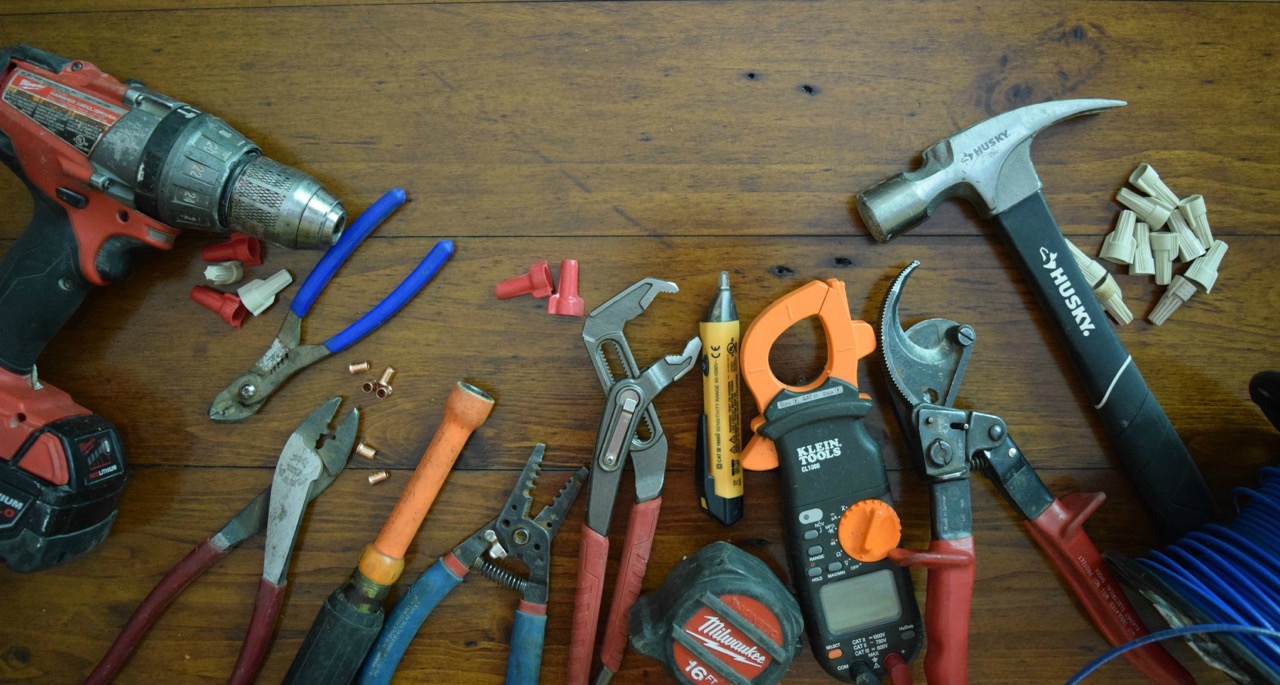
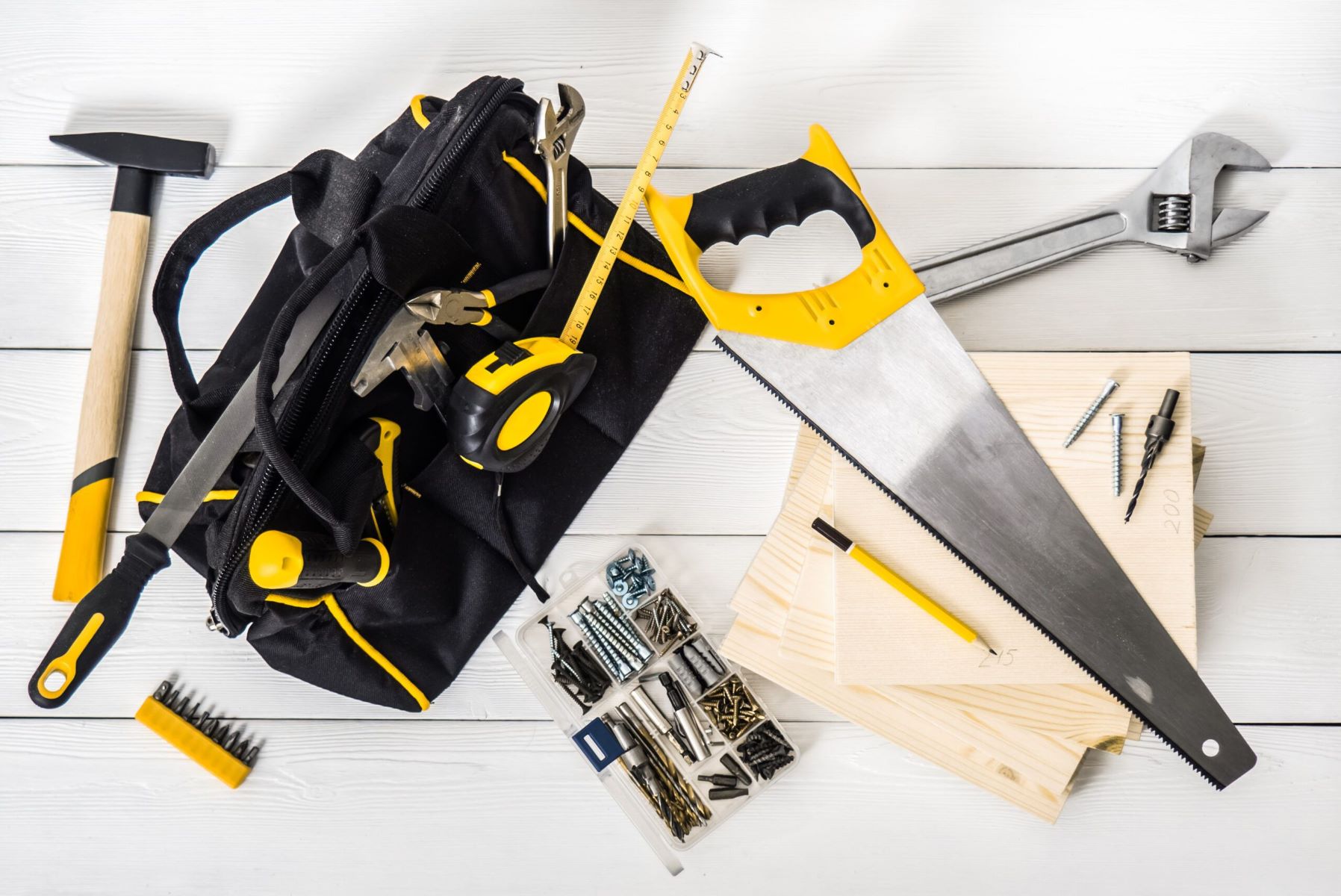
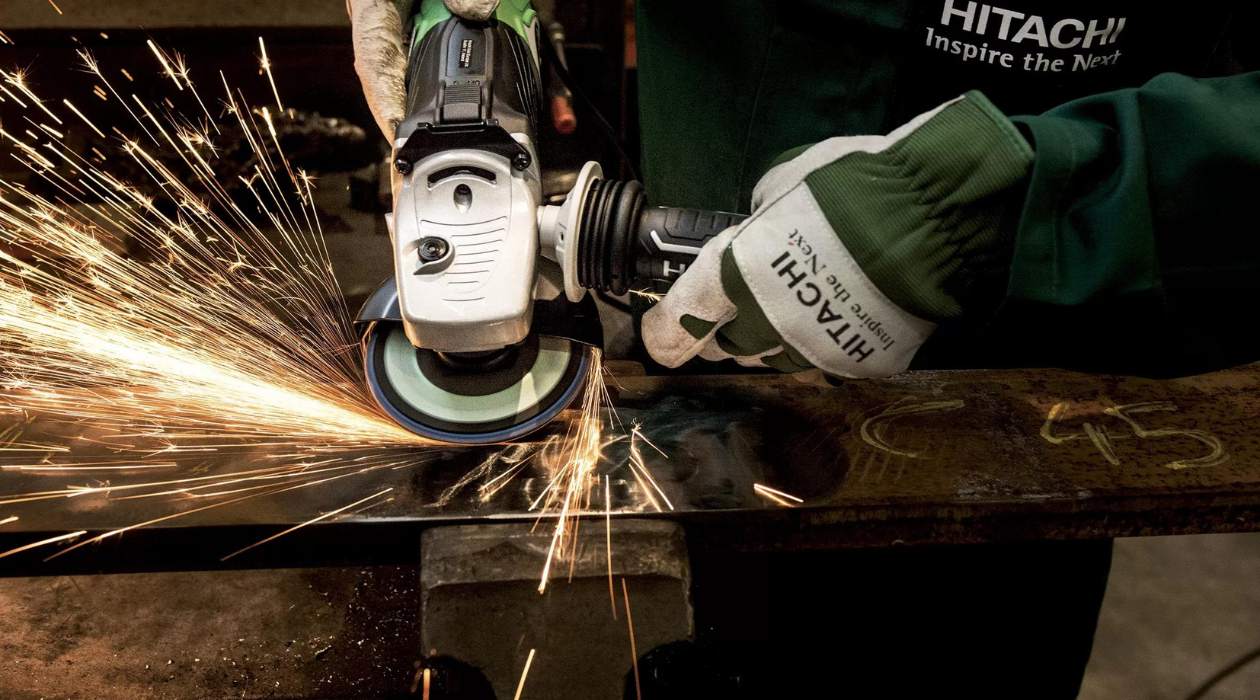
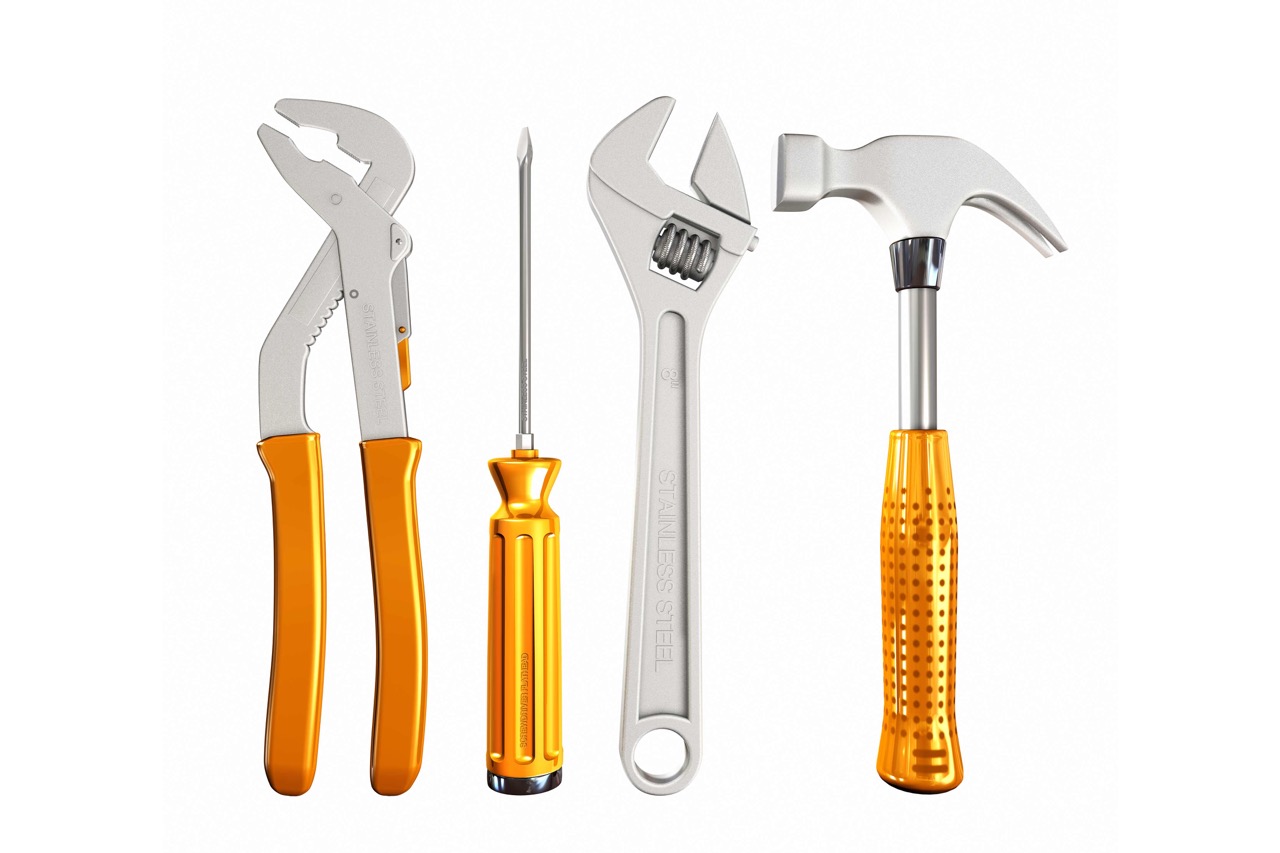
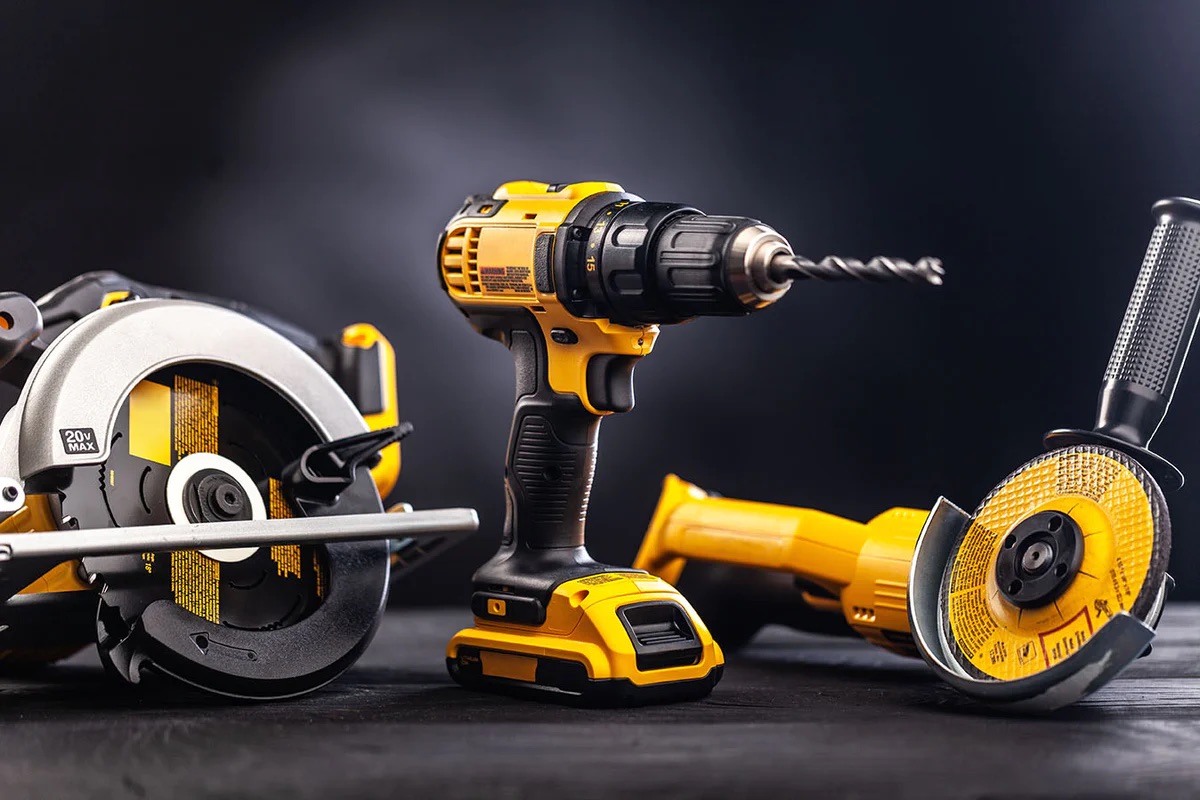
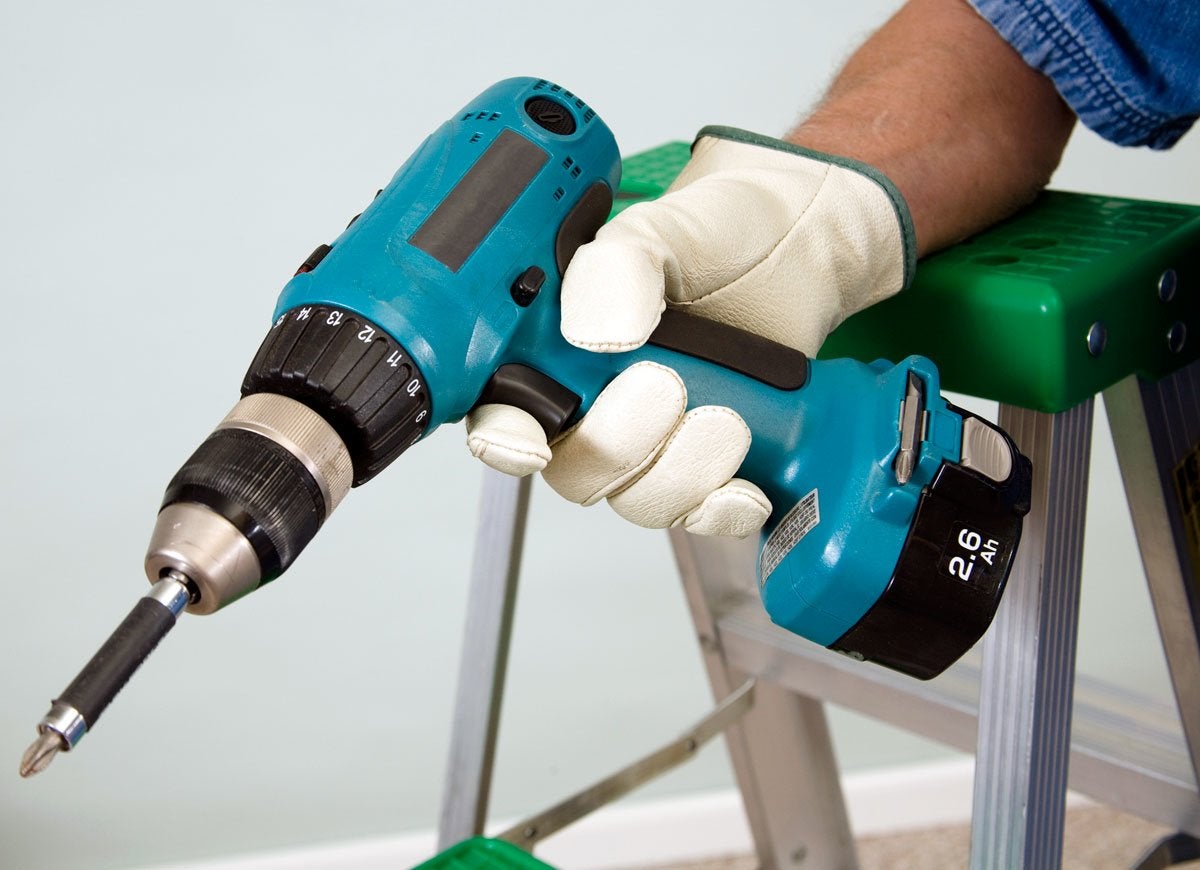
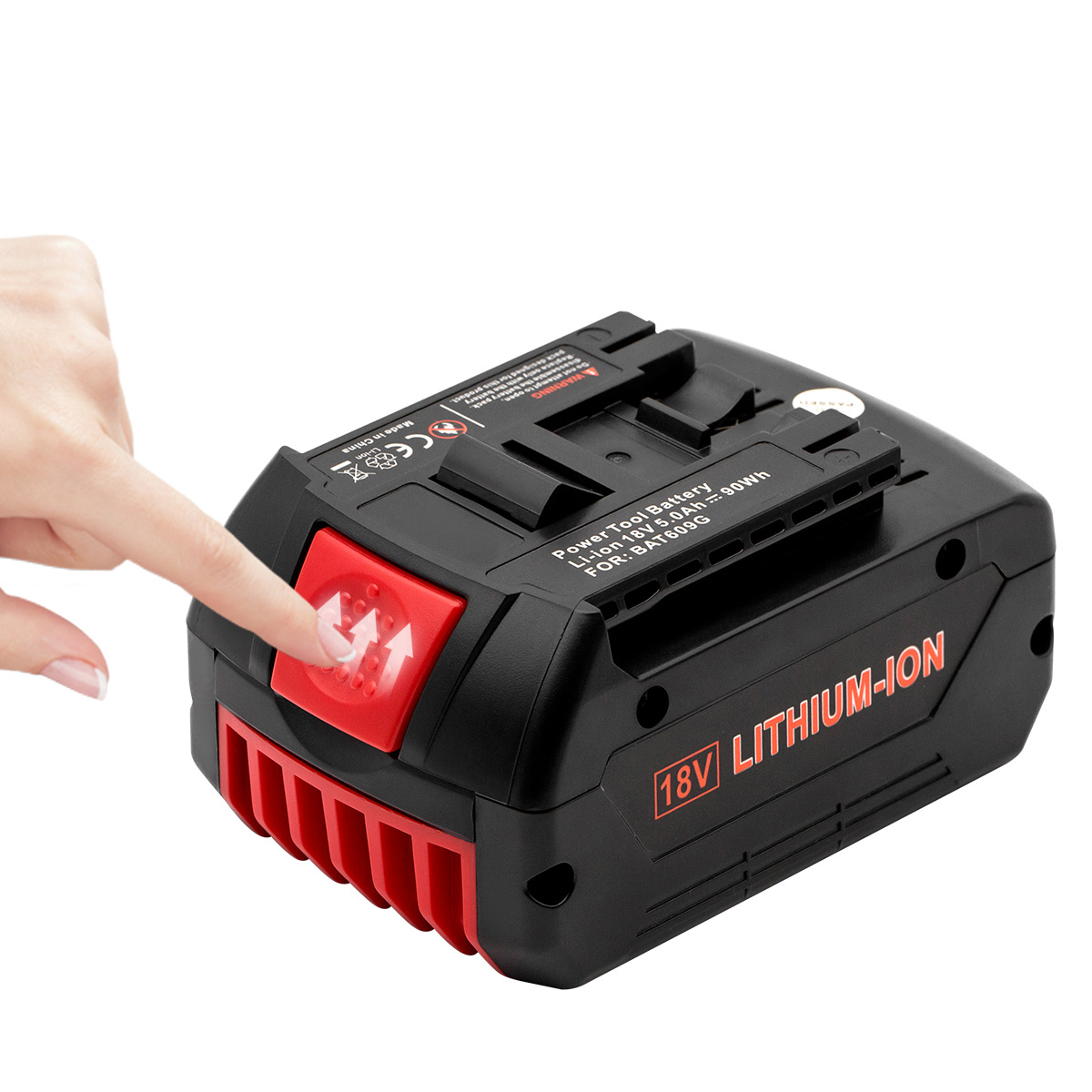
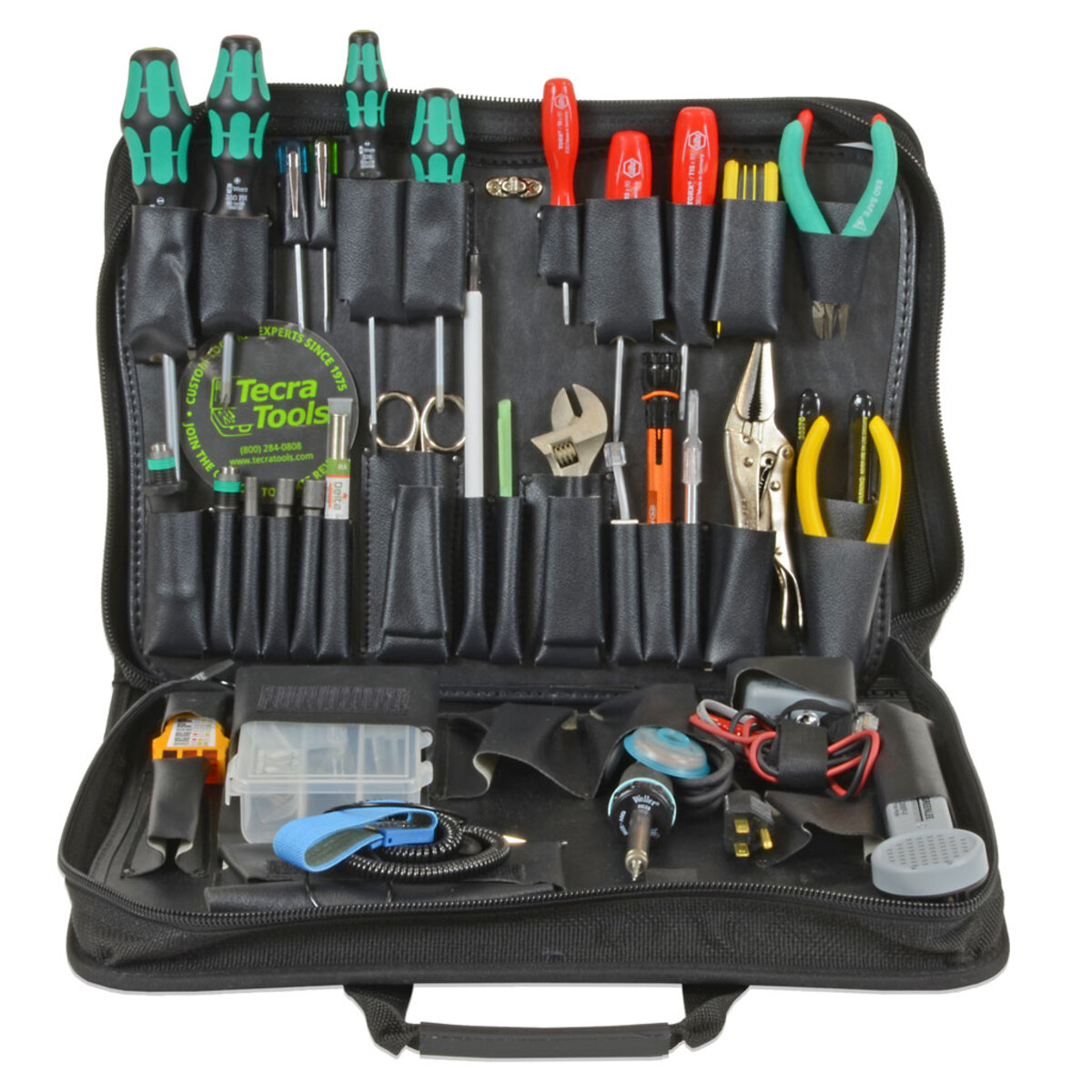
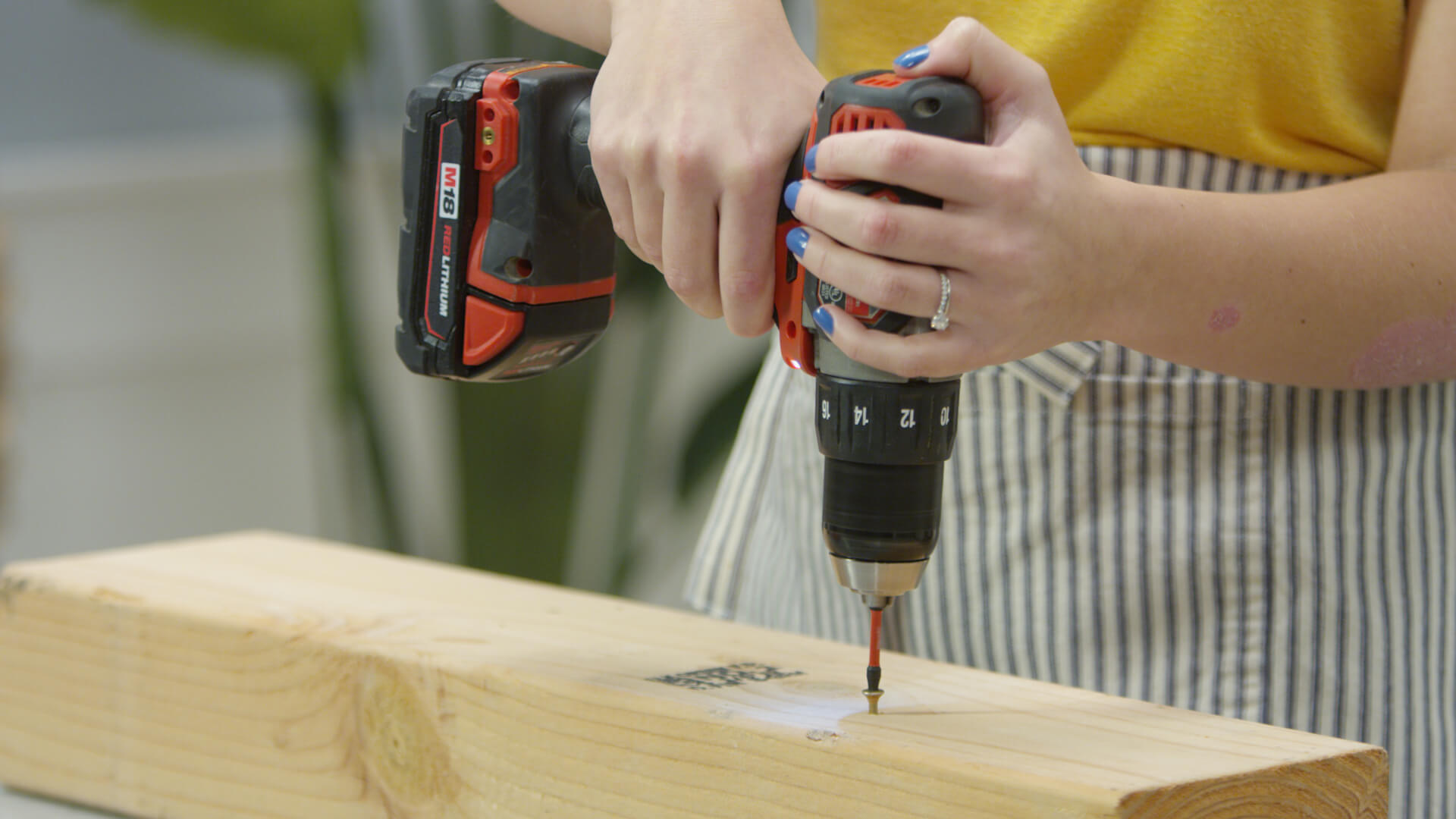
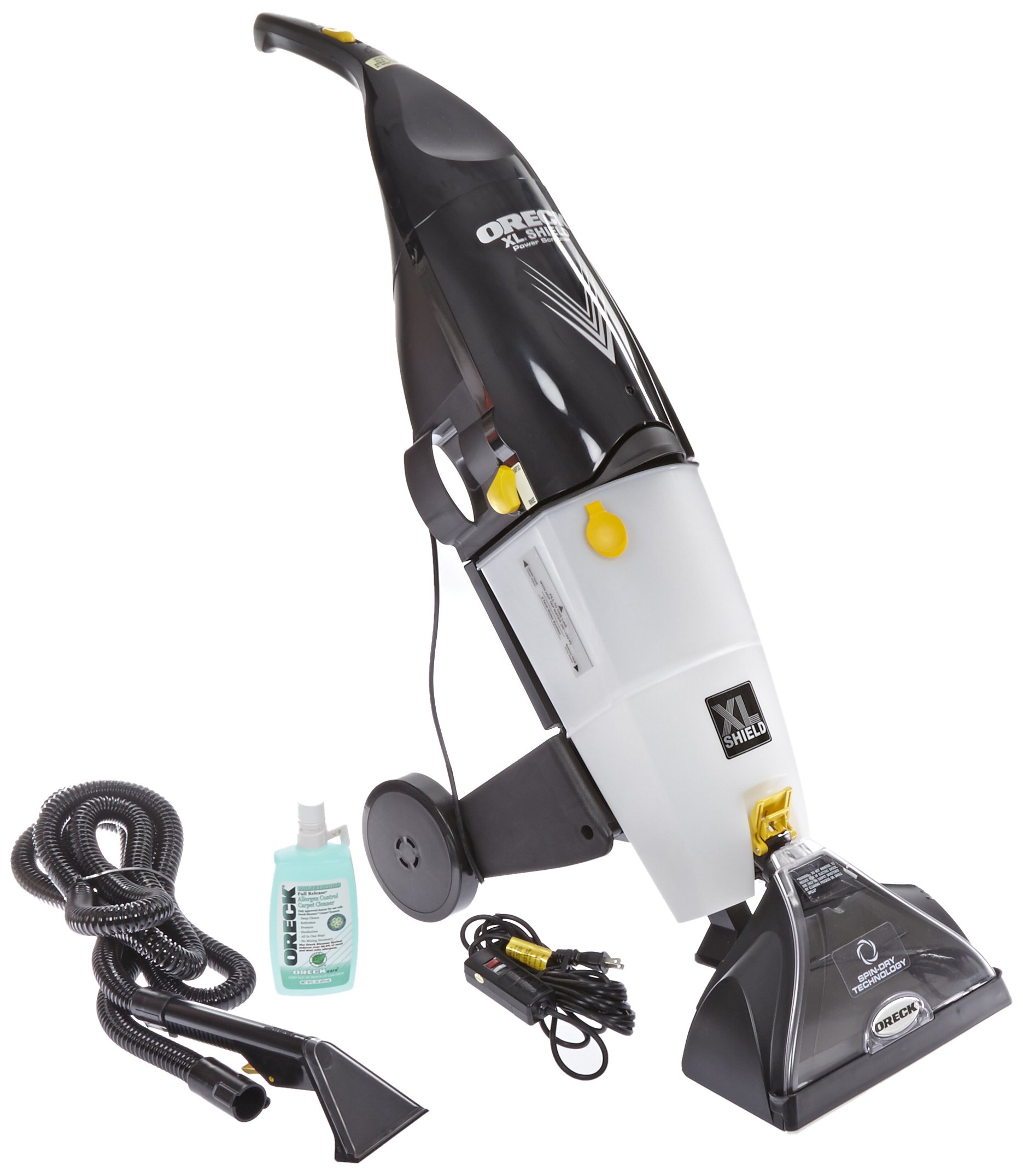

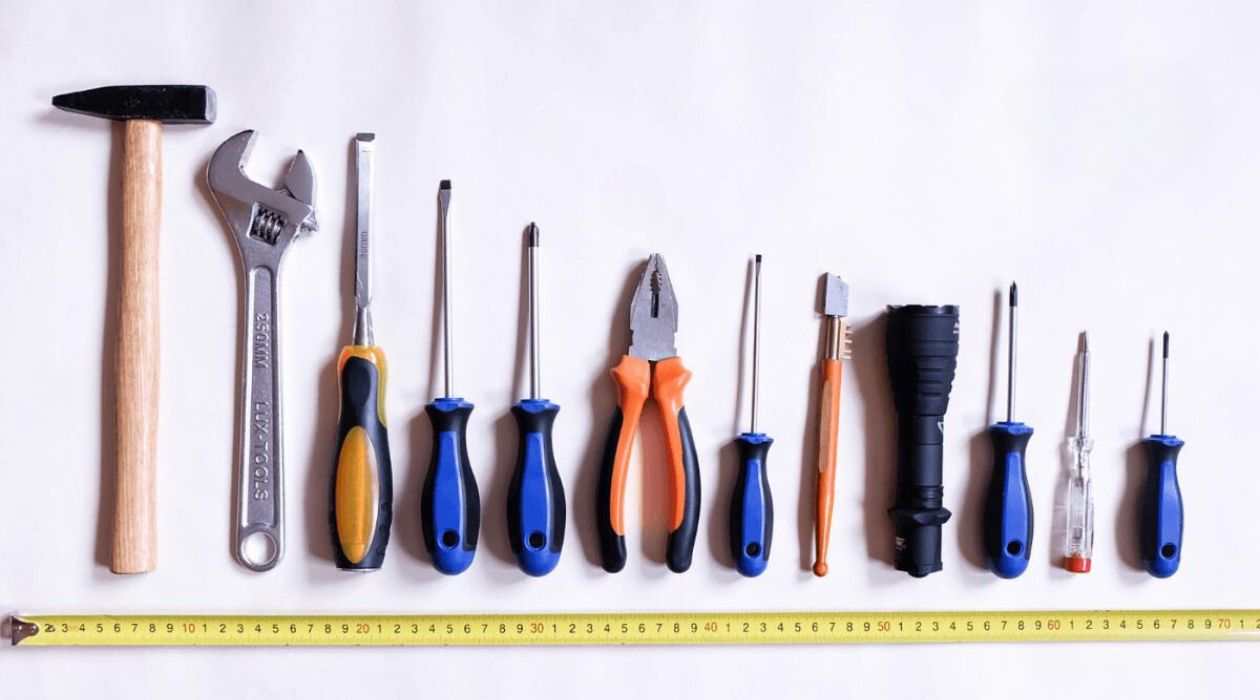
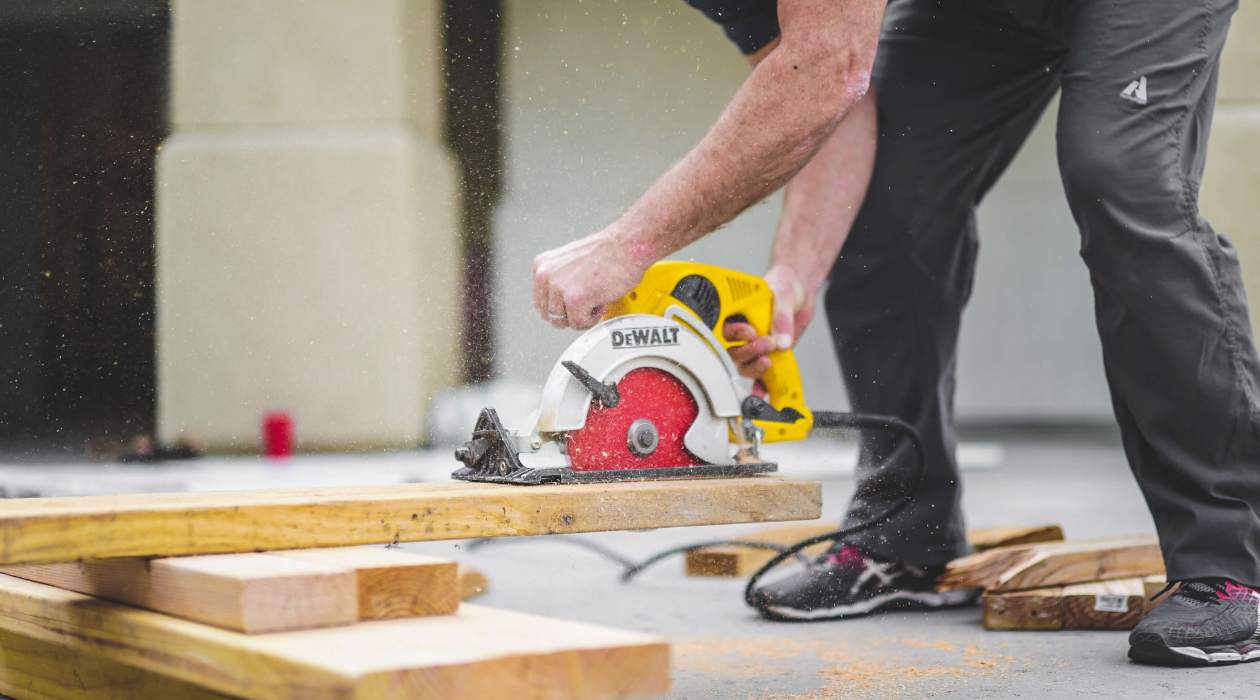


0 thoughts on “What Are Non-Powered Hand Tools”